2022-11-11
The performance of motor is closely related to the characteristics of frequency converter. The motor shall be powered by a suitable frequency converter and tested at the same carrier frequency. In principle, it is specified that the frequency converter matched with the actual application of the tested motor shall be used to provide the test power supply, otherwise the difference between the test results and the performance data during on-site operation shall be considered.
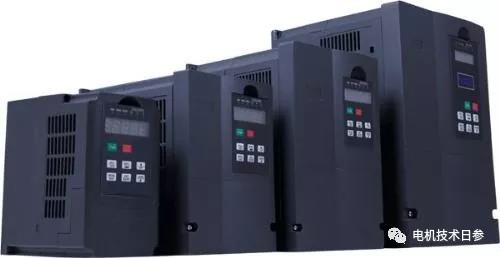
The test items of AC variable frequency speed regulation motor are specified in CB / t22670 and JB / T 7118. The test methods and requirements of most items are basically the same as those of ordinary asynchronous motor, but there are also some personalized requirements. Ms. summarized the main contents and shared them with you.
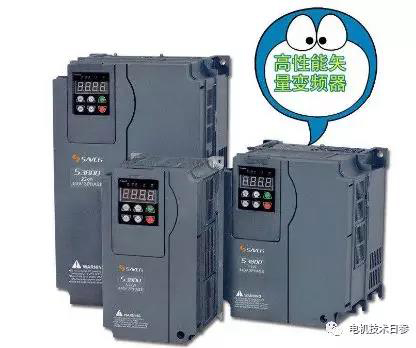
The test items of this type of motor are the same as those of ordinary motor, but the requirements in some links are increased. These items include no-load test, locked rotor test, load test and thermal test.
(1) No load test
The speed regulating motor powered by frequency converter shall be tested at the same fundamental frequency under sine wave power supply and frequency converter power supply respectively.
● when testing under sine wave power supply, the method, steps and relevant regulations of no-load test at fundamental frequency are exactly the same as those of ordinary motor.
● during the test under the inverter power supply, apply the rated voltage of the reference frequency to the tested motor, and measure the three-phase no-load line voltage ub0, line current lb0, input power pb0 and line resistance RB0 of stator winding.
● determination of core loss PFE and mechanical loss PM. (1) The method for determining and calculating the core loss PFE and mechanical loss PM under sinusoidal power supply, drawing the curve and separating the mechanical loss is the same as that of ordinary motor. (2) for the motor harmonic loss PBH under the power supply of voltage source frequency converter, it is calculated according to formula (1).

(2) Locked rotor test
● locked rotor test at rated frequency. It is powered by sine wave power supply, and all contents are the same as ordinary motors.
● low frequency locked rotor test. Only when calculating motor performance by circle diagram method or equivalent circuit method. The relevant regulations are the same as those of ordinary three-phase asynchronous motor.
● starting torque test under power supply of frequency converter. The test frequency and maximum starting current shall be specified according to the product standard or the agreement between the manufacturer and the customer. During the test, set the parameters of the frequency converter according to the regulations, apply voltage to the motor by the frequency converter to ensure that the rotor is in a static state, and measure the motor torque and DC resistance of stator winding.
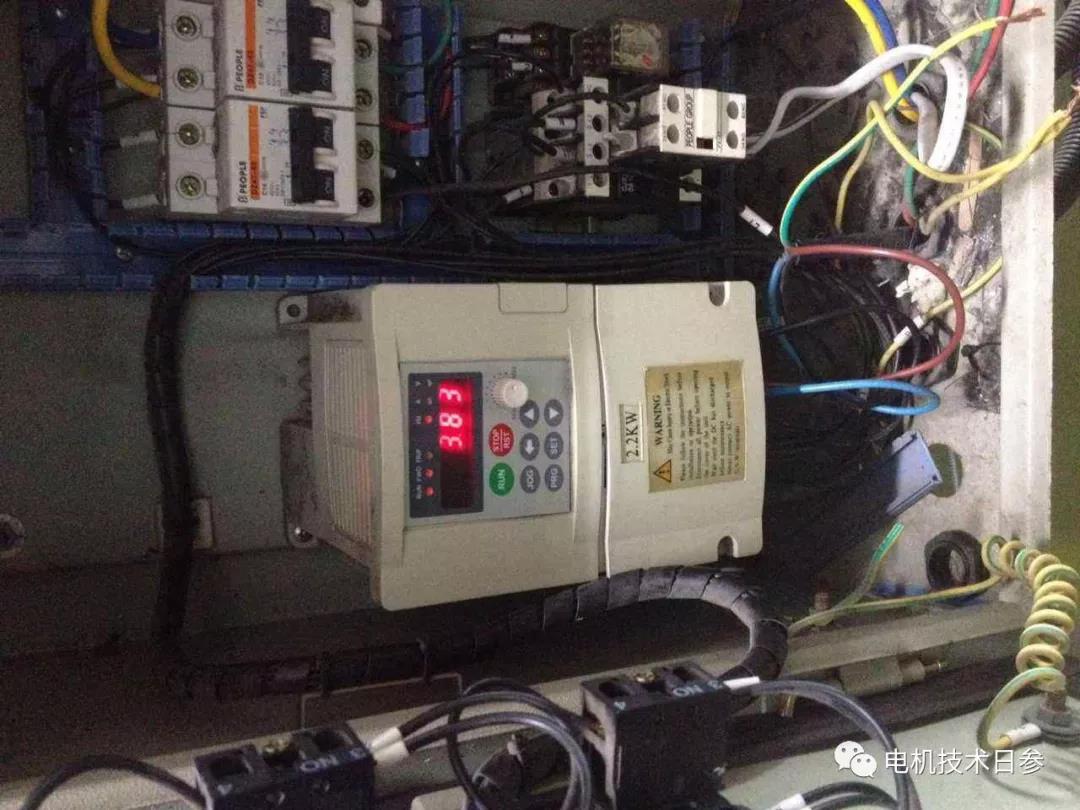
(3) Thermal test
All contents of "standard rated thermal test" in GB / t22670 are the same as those of ordinary motor. The thermal test specified in JB / t7118 is different from ordinary motors.
● thermal test at 50Hz. Start the cooling fan first, adjust the output frequency of the frequency converter to 50Hz, and the motor runs with load under rated torque. After the temperature rise reaches the specified time or cycle, stop the machine (but the cooling fan shall continue to operate) and measure the temperature of the hot DC resistance of the winding and other parts such as bearings. Calculate the relevant temperature rise and temperature values by using the method of ordinary motor.
● motor heating test at 5Hz. After the heating test at 50Hz is completed, start the motor immediately, adjust the output frequency of the frequency converter to 5Hz, and the motor runs with load under rated torque. After the temperature rise is stable or reaches the specified time or cycle, stop the machine (but the cooling fan shall continue to operate) and measure the temperature of the hot DC resistance of the winding and other parts such as bearings. Calculate the relevant temperature rise and temperature values according to the method of ordinary motor.
(4) Load characteristic test
After the completion of the above heating test, immediately restart the tested motor to run with load. Align the motor with a frequency of 50Hz, Adjust the output frequency of the frequency converter to 3 (5) Hz, i5 Hz, 30 Hz and 50 Hz, and measure the voltage, current, input power, output speed and speed corresponding to each point of 100%, 110% and 80% rated torque of the tested motor at each frequency point. Then, measure the torque value of the tested motor at each point of 100%, 110% and 80% nominal power at the frequencies of 60 Hz, 80 Hz and 100 Hz respectively, and finally draw the torque value of the tested motor at each point of 100%, 110% and 80% nominal power Test the load characteristic curve of the motor. During the test, the motor shall operate smoothly without obvious torque ripple.
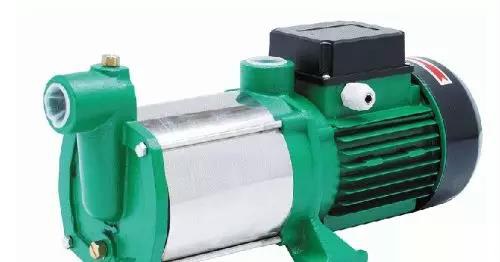
(5) Loss test
GB / t22670 "determination of fundamental loss" is exactly the same as that of motors powered by ordinary power supply. It should be noted that the provisions on the value of recommended stray loss take different values according to the power of the motor; The total loss value is calculated according to formula (2).

In formula (2): Pt - fundamental loss; PBH - harmonic loss.
(6) Noise and vibration test
The cooling fan is in operation. Under the condition of variable frequency power supply, measure the noise value or the effective value of maximum vibration speed at the rated frequency or the minimum and maximum frequency specified in the product standard. The test methods and regulations are the same as those of ordinary motors. JB / t7118 stipulates that the maximum noise value of the motor shall be measured under no-load operation at three-point frequencies of 20Hz, 50Hz and 100Hz respectively (other important points can be added if required).
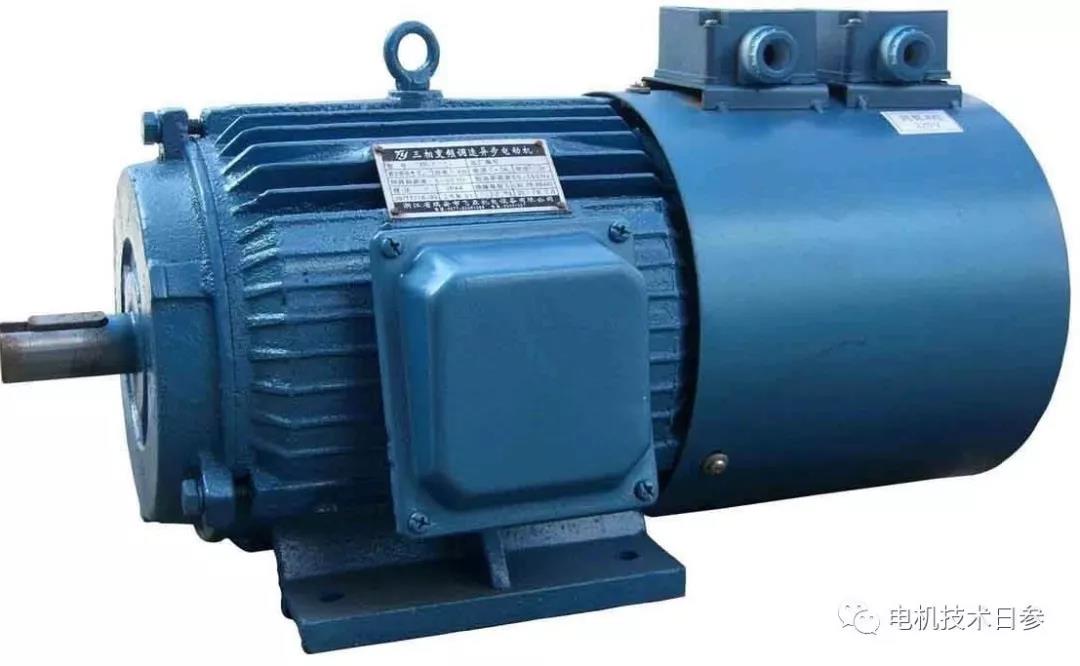
(7) Overspeed test
GB / t22670 stipulates that during the test, the speed of the motor shall be increased to 1.2 times the maximum working speed or the speed specified in various motor standards, or the maximum speed. No load operation for 2min. JB / t7118 stipulates that after the overspeed test with rated voltage of 4kw and below, frequency of 150Hz, frequency of 4kw and above, frequency of 120Hz and no-load operation for 2min, there shall be no harmful deformation.

(8) The test method specified in GB / t22670 for insulation resistance, withstand voltage and inter voltage withstand impulse voltage test is the same as that for ordinary motors. The difference lies in the provisions on assessment standard or test voltage value in JB / t7118, the voltage value of insulation resistance, AC voltage withstand test and inter turn impulse voltage withstand test (peak value) etc. are different from ordinary motors. See the standard for specific values.
Original link:https://mp.weixin.qq.com/s/L4Z_fAr0214kagqU7Tkzgw